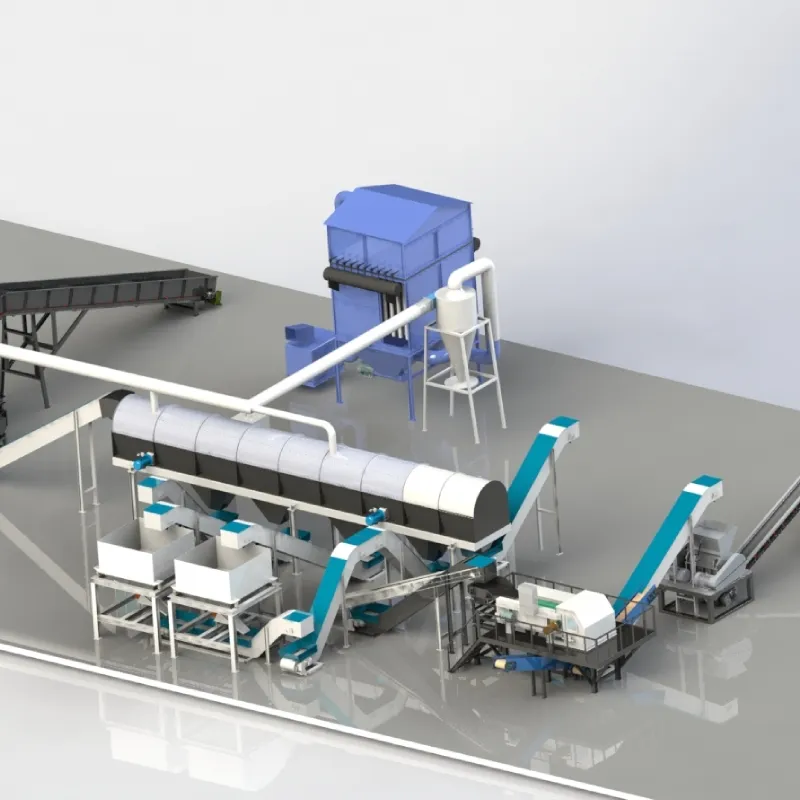Electronic rubbish collection, often referred to as electronic waste or e-waste collection, is a pivotal service in our technology-driven world. As electronic devices continue to proliferate, so does the need for effective and sustainable disposal solutions. This exploration into electronic rubbish collection delves into real-life experiences, expert insights, authoritative information, and trustworthy practices.

Upon speaking to Jane Henderson, a dedicated environmentalist and homeowner, her experience with electronic rubbish collection underlines the importance of accessibility and awareness. Many people aren't aware of the correct disposal channels for e-waste, Jane elaborates, and improper disposal of electronics not only harms the environment but also misses opportunities for recycling valuable materials. This perspective underscores a real-life challenge faced by consumers globally, highlighting the need for more effective outreach and education.
In terms of expertise, Dr. Samuel Green, an environmental engineer specializing in e-waste management, provides valuable insights into the intricacies of electronic rubbish collection. Dr. Green emphasizes the technical complexities involved in safely dismantling electronic devices. Each device, he notes, contains a myriad of components, from metals to plastics and hazardous substances like lead or mercury. Specialized facilities are required to handle these safely. His expert opinion is rooted in years of dedicated research and practical application, offering a deep dive into the operational requirements of successful e-waste management.

Authoritative sources like the Environmental Protection Agency (EPA) provide essential guidelines on e-waste recycling standards and best practices. The EPA advocates for certified e-waste collection programs that adhere to strict standards for worker safety and environmental protection. Additionally, they emphasize the role of producer responsibility in managing electronic waste. By mandating that producers take back their outdated products, e-waste generation is minimized, fostering a circular economy. Such authoritative directions serve as blueprints for global practices in electronic rubbish collection.
electronic rubbish collection
Trustworthiness in electronic rubbish collection is built upon transparency and adherence to high standards. Eco-cycle, a prominent e-waste management facility, illustrates a model of trust by maintaining open lines of communication with their clients and complying with internationally recognized environmental standards. According to Eco-cycle's report, traceability of e-waste processes ensures not only compliance but also consumer confidence. They have introduced robust systems for tracking how electronic rubbish is processed, ensuring that each step, from collection to recycling or disposal, is clear and documented.
Incorporating sustainable practices within this realm, brands offering electronic rubbish collection services can benefit immensely by aligning their strategies with these four pillars experience, expertise, authoritativeness, and trustworthiness. By focusing on consumer education, leveraging expert insights to improve handling processes, aligning with authoritative standards, and fostering transparency, these brands can lead the charge in transforming how society interacts with e-waste.
Ultimately, electronic rubbish collection extends beyond mere waste management; it's a critical component of environmental stewardship and sustainability. By engaging both individuals and companies in responsible electronic waste handling, a significant positive impact on our ecosystem can be achieved, driving forward a future where technology and sustainability coexist harmoniously.


